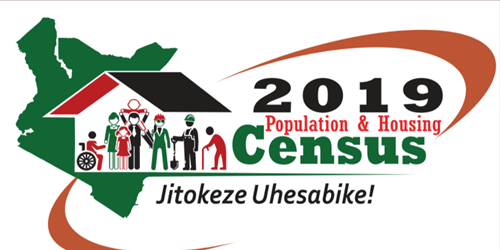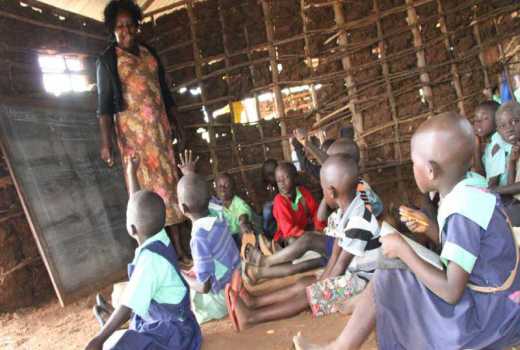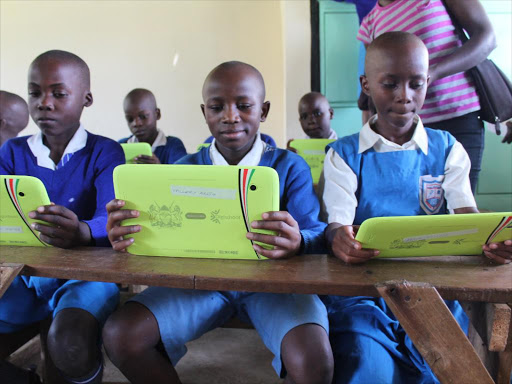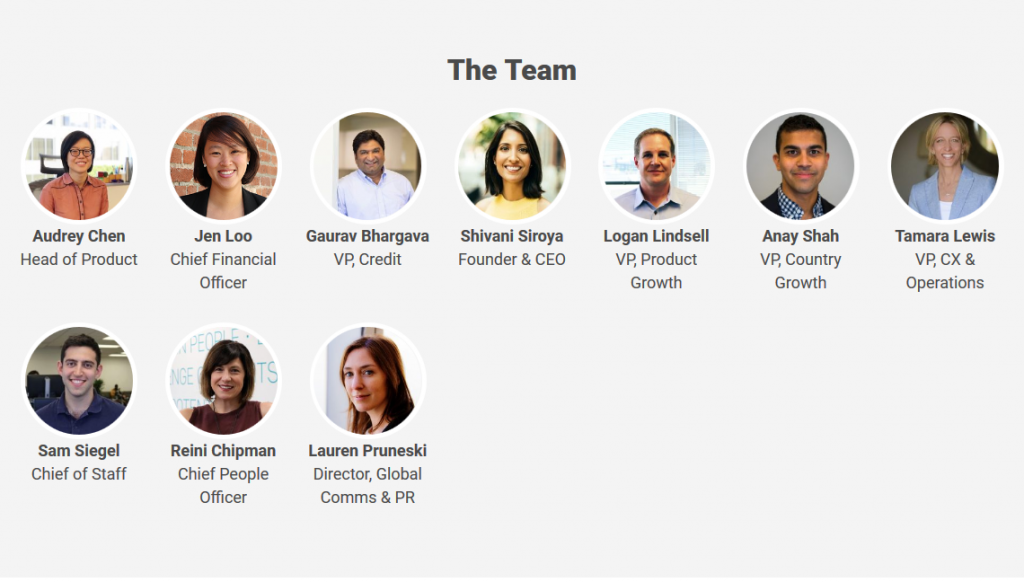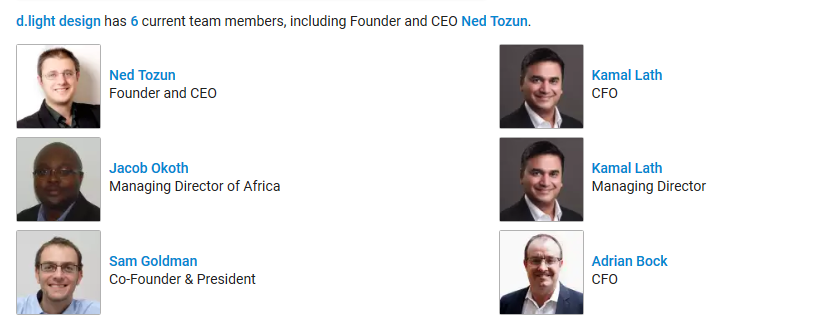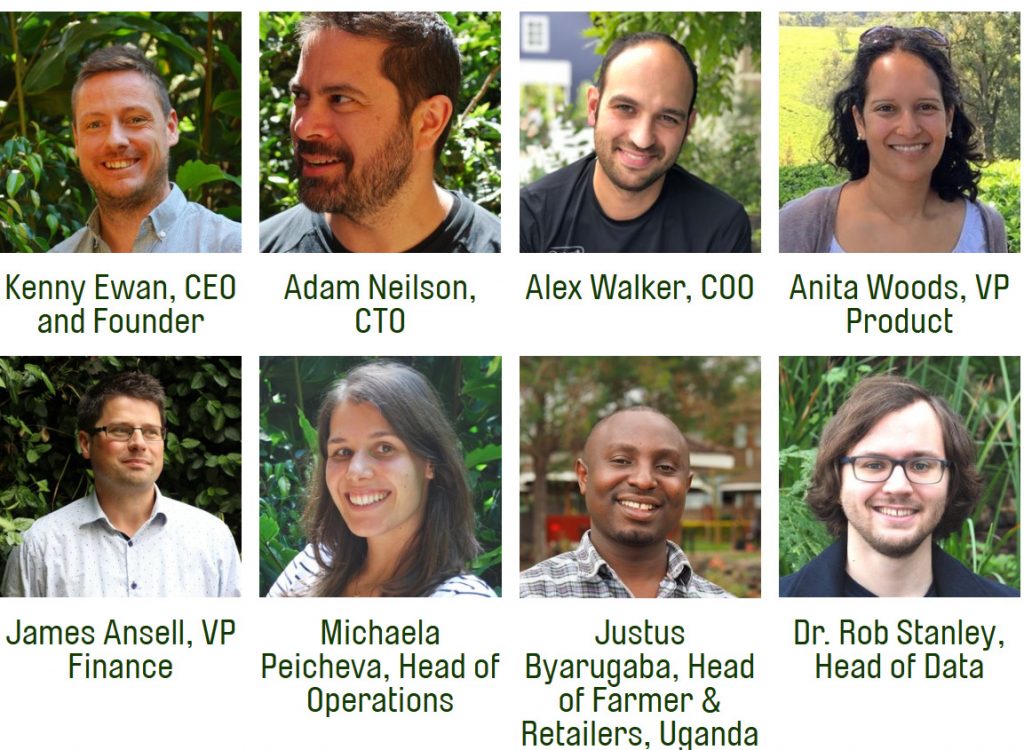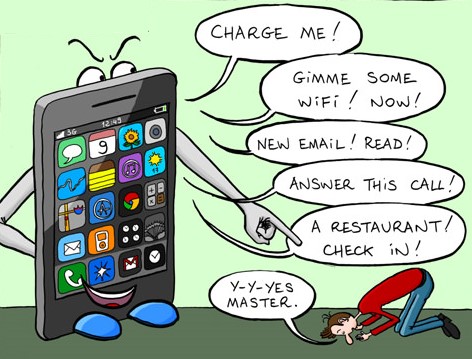While the world has shifted to a Digital
Economy, many people find themselves unable to venture into doing business
online due to lack of information on what digital economy entails, or lack of
skills to utilize the same. At the same time, many people keep venturing into
entrepreneurship in the same old ways while failing to take advantage of
digital tools that can be used to reach bigger markets, lower operational
costs, and break the geographical barriers. We want to share a few tips that
can help an aspiring entrepreneur take advantage of this digital economy.
Why
it should be easy
Digital sounds sophisticated, and this
word usually shuts out most people who have no idea on where to begin. While
the technologies behind the digital economy are complex and sophisticated,
application of the same need not be. Many people do not seem to know this.
Any piece of technology is always hard to
design and manufacture, but should be easy to use; thanks to application of
human centered design. A 3 year old or a 93 year old can learn to use an iPad,
but it takes well trained and experienced scientists and engineers to make one.
The same thing applies to the digital economy, where, while the principles and
processes involved are complex, the application of the same is easy.
What
is Digital Economy?
Digital economy refers to an economy that
is based on digital computing technologies, and is also known as the internet
economy. More recently, the term is has been used to refer to conducting
business through markets based on the internet.
Digital or internet economy offers
unprecedented opportunities for business, which many people and businesses are
taking advantage. One of this is doing business purely online, without much
physical interaction with clients, and the second one is using online platforms
to reach out to clients who you interact with physically in your business.
Getting
your business Online
What does it mean to have your business
online? There are several ways to do it, with the following being the main
ones:
- Having a website and email services for your business
- Running social media accounts and pages
- Listing your business on online directories
- Adding the business to Google maps
- Selling on an online marketplace like Jumia, OLX or amazon.
While having a website costs money, the
other four approaches need not cost any money (though you need the products
first). Even for a website, the costs have dramatically come down, with running
a website costing an average of KES 2000 per year, and the initial design of
the website costing as low as KES 10,000 (check www.truehostcloud.com/marketplace).
Reaching
your target market
It is one thing to have an online
presence, but a totally different thing to benefit from it. Most people get
online without a plan or objective, and end up getting frustrated by the lack
of results that ensues.
To have maximum impact online, you need
to figure out who is your target market, and how to not only reach the market,
but influence their buying decision. This is a very complicated part and if you
do to know this, do your research in advance.
For each of the channels or digital tools
that one chooses to use, there is a lot of homework and preparation that one
needs to do. Here are a few:
Having a website is not
just a one off thing. You need to ensure that there is traffic to your website,
and the traffic consists of the right people. This is where you do something
called Search engine optimization (SEO), which involves making your site easily
findable by people who are looking for it.
Social media is a useful
tool for reaching out to people. You need to choose the right social media to
use, and use it effectively. The advantage is that you can quickly create networks
among your friends, but beyond that it takes skills and experience. Learn more
about it.
Online directories list
businesses online, allowing for people searching for a service to know you, get
your contacts and a description of the services that you offer. There are many
free directories that offer this in every location.
- Adding your location on Google maps
This is involves adding
your business location on Google Maps. Whenever people search for your business
or related keywords on google, they are able to find it. It works well with Google search, and also
when you want to reach people near your location as Google gives your location
the preference.
- Selling on online marketplaces
You can start by selling
on online marketplaces such as Jumia, OLX and Amazon. These are ready markets,
as there are already customers looking for products through them. It takes less
effort to be noticed as opposed to developing your website from scratch.
Instead of focusing on one of the above channels, you can as well do all of them! Remember, digital platforms are just tools; You still need a viable business plan to get your things done.
